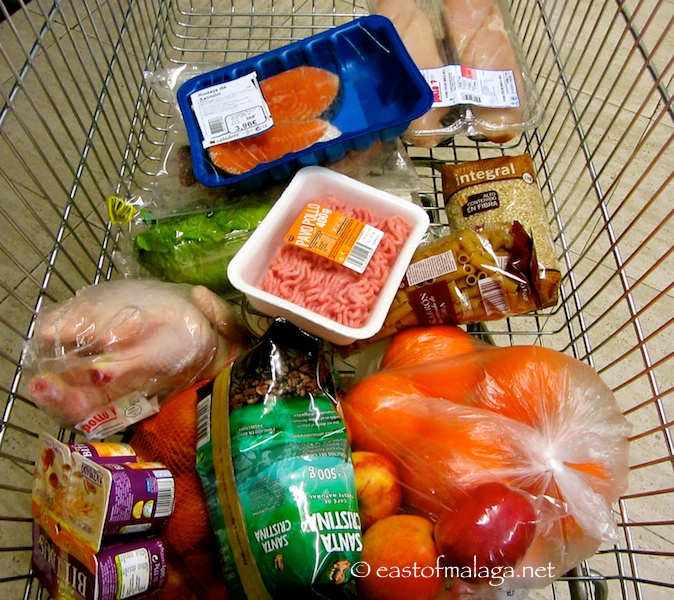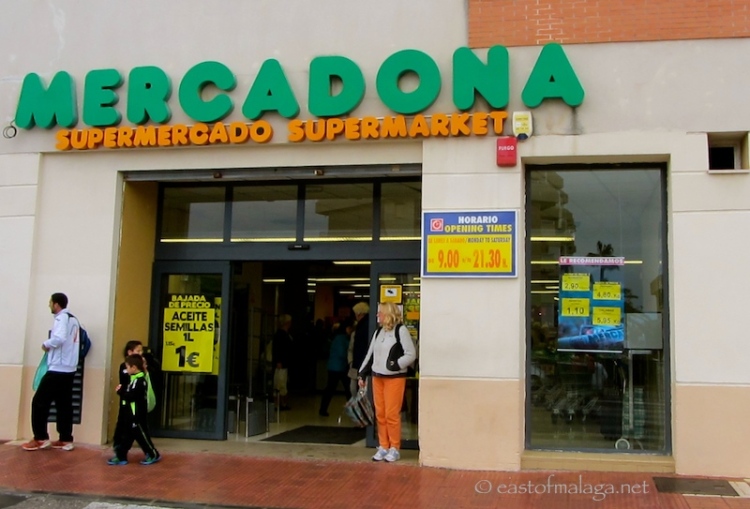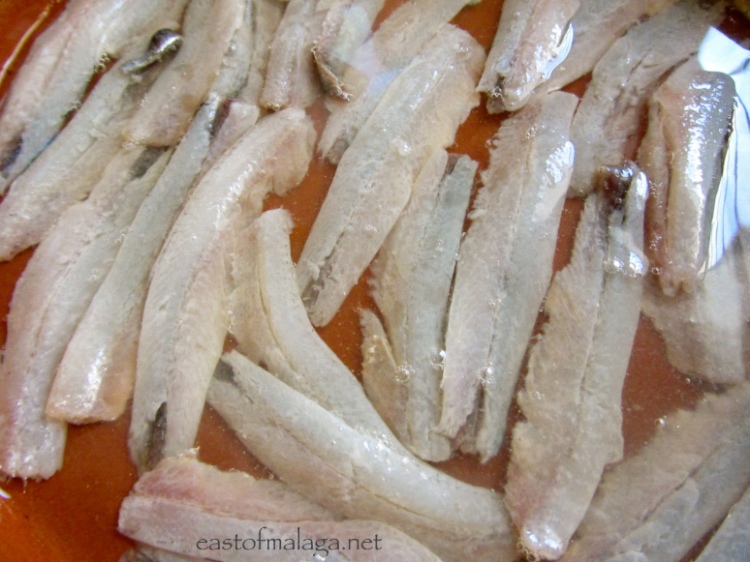EDITED TO ADD: My most up-to date COST OF LIVING report for JULY 2015 can be found HERE.
Every day, around one hundred people find themselves visiting my blog after typing the search term “Cost of Living in Spain” into Google. It’s a popular subject, and for that reason each year I publish a list of the current prices of a number of items here in southern Spain.
It’s worth bearing in mind that the following information is relevant to the kind of lifestyle and area where I live, east of Málaga. We choose to live like locals, eating fresh, seasonal produce and frequenting bars full of Spaniards rather than tourists. Similarly, if your choice would be to only buy internationally branded foods and eat in tourist areas then you will find costs are considerably higher.
So …. whether you are fed up of the wet weather in the UK, have been dreaming of living in southern Europe for many years or you’re just curious – here’s my updated list of standard grocery items for your perusal.
For the sake of comparison, I have once again used the largest Spanish supermarket – Mercadona.
STANDARD GROCERY LIST
This is the up-to-date Standard Grocery List I have published previously. The first price shown is as it was in August 2013, with this month’s prices in RED alongside.
Milk (semi–skimmed UHT, own brand), 1 litre 0.59 € 0.60 €
Loaf (white, baguette 250g) 0.45 € 0.45 €
Loaf (white, Bimbo brand, 460g 100% natural) 1.49€ 1.49 €
Butter (250g, own brand) 1.05 € 1.25 €
Sugar (1kg, white) 0.93 € 0.93 €
Coffee (ground, 250g, Santa Cristina) 1.89 € 1.89 €
Eggs (12, own brand caged, medium) 1.35 € 1.35 €
Olive oil (1 litre, extra virgin, own brand) 3.35€ (5 litres 15.50€) 3 € (5 litres 14.50 €) **
Rice (1kg, long grain, own brand) 0.71€ 0.71 €
Pasta (1kg, own brand) 0.79€ 0.75 €
Pasta (500g, wholewheat) 0.99€ 0.99 €
Tinned tuna (6 x 80g, own brand) 3.39€ 3.35 €
Chicken breasts (1kg, boneless, skinless, packaged)) 5.80 € 5.80 €
Pork chops (1kg) 4.60€ 4.75 €
Beef mince (Store brand, pre-packed, 700g) 3.80 € 3.80 €
Fish (1kg Salmon steaks) 10.75 € 10.75 €
Fish (1kg Dorada, Gilt-head bream) 6.95€ 6.95 €
Apples (1kg, green, Golden Delicious) 2.00 € 1.85 € **
Oranges (1kg) 1.19 € 0.79 € **
Bananas (1kg) 1.29 € 1.39 €
Potatoes (1kg) 1.25 € 0.89 € **
Lettuce (1 head, Iceberg) 0.85 € 0.87 €
Red Peppers (1kg, loose) 1.95 € 1.89 €
Green pointed “Italian” Peppers (1kg, loose) 1.35 € 1.99 € **
Tomatoes (1kg, loose) 0.99 € 1.29 € **
Coca-Cola (1.5 litre bottle) 1.09 € 1.09 €
Water (2 litre bottle) 0.42 € 0.42 €
Domestic Beer (1 litre bottle, Cruzcampo) 1.25 € 1.25 €
Imported beer (6 x 25cl bottles Heineken) 3.05€ 3.65 €
Bottle wine (medium priced) 3.00 – 3.50€ 3.00 – 3.50 €
Colgate toothpaste (100 ml) 1.75€ 1.75 €
Pantene shampoo (300 ml) 3.00€ 3.00€
Toilet rolls (pack of 6, own brand) 1.95 € 1.98 €
Washing powder (Box, 35 washes, Elena brand) 4.87 € 4.87 €
** Seasonal changes
For the costs of accommodation, utilities, motoring, public transport and entertainment – prices are largely unchanged since last time. Please see HERE.
Many people dream of moving to southern Spain with the promise of better weather coupled with a healthier, outdoor Mediterranean lifestyle. There are many other considerations to bear in mind when trying to compare living costs, and the following may be some of them:
- Unemployment in Spain is currently running at record levels with 25% of the adult population out of work. If you are considering moving to Spain, you would need to be confident that your finances are secure or you might end up having to return to your home country after failing to find employment.
- Tied in with the issue of employment, comes health cover. Unless you are employed, self-employed or retired, (thus qualifying for cover under the Spanish health system), you will be required to take out private health cover.
- The cost of living is really only half of the equation. Salaries and wages may be very different in Spain from what you are used to elsewhere. What is important is what is left each month after you have paid for your essentials.
- Fluctuation in currency exchange rates can make a huge difference to you if your source of income comes from outside of Spain. For example, when we first came to live in Spain ONE BRITISH POUND bought us ONE EURO AND FIFTY CENTIMOS. Very handy when we were purchasing our house. However, a couple of years ago, and completely outside of our control, we only received just ONE EURO AND EIGHT CENTIMOS for each BRITISH POUND – a staggering drop in income of almost one third.
- Spanish houses in this area are built to keep out the sun in summer rather than to retain heat in winter. With tiled floors, small windows and inadequate heating systems, houses can be surprisingly chilly during the winter months, making them expensive to heat.
- Whilst some costs are much more favourable in Spain (for example our cost of IBI is about one quarter of the cost of a similar property in the UK for Council Tax), other costs are significantly more (i.e. when purchasing a property, costs amount to approx 11% of the purchase price).
- You might have to factor in the cost of flights back home to the UK (or your home country) to visit friends and relatives. Often these can be bought through budget airlines for reasonable prices – but what if you need to return quickly for a family emergency?
- Then there is the question of taxes – not only of the personal variety, but also related to any property purchase. There are many factors at play, depending on personal circumstances, and whilst I often receive messages from visitors to my blog regarding such matters, I am not a tax expert and would always recommend you seeking professional advice given your own personal financial situation.
MY ADVICE: There are many more things to bear in mind when considering the cost of living in Spain, than the price of bread and milk. DO YOUR RESEARCH FIRST!
How does the cost of living compare where you live? Have you ever considered moving abroad?
You might also enjoy reading this article:






























